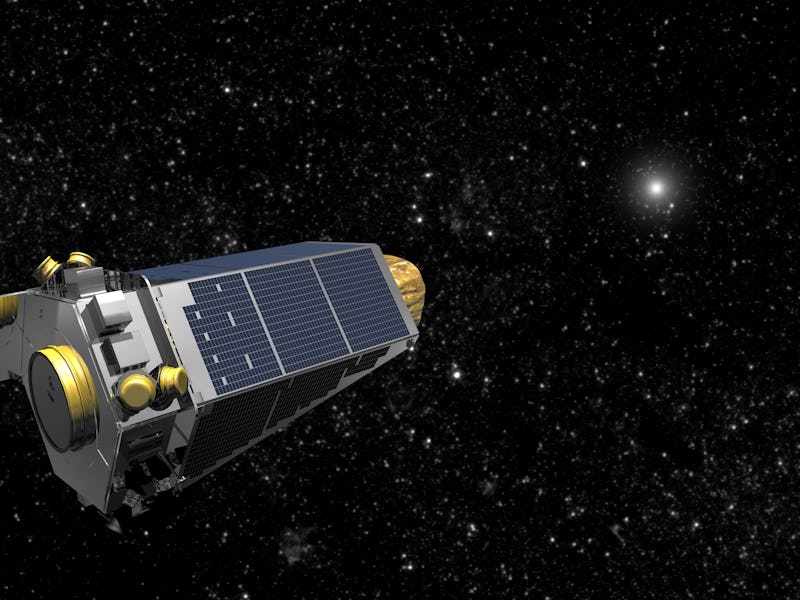NASA’s Exoplanet-Hunting Kepler Telescope Is Operational Again
After a bumpy couple of weeks, the exoplanet-hunting spacecraft is back, baby!

NASA announced on Friday that the Kepler Space Telescope, a crucial tool for conducting exoplanet research, has finally been fixed after experiencing some issues over the last couple of weeks. Kepler is currently back to completing its work as part of the K2 mission.
On April 7, NASA officials were ready to provide new instructions to reorient the $600 million probe toward a new direction in order to begin surveying millions of new stars in the center of the Milky Way galaxy and finding potential new planets in the region.
Unfortunately, NASA began running into problems, and discovered Kepler had gone into the ultra-low power Emergency Mode (EM). The space agency managed to respond fast enough and worked to successfully get the spacecraft out of EM and into a more stable state.
Now, NASA is happy to report that Kepler is fully recovered and back to its normally scheduled operations, beginning with K2’s new gravitational microlensing campaign, Campaign 9 — which will collect data from now until July 1 regarding the center of the Milky Way.
It’s a happy ending for a very stressful month for Kepler scientists on the ground. NASA still doesn’t not know exactly what made Kepler shift into EM, and the agency is continuing its investigation. The spacecraft has played a vital role in exoplanet research for astronomers across the globe, and it’s unclear exactly how those astronomers would have been able to conduct their work without Kepler’s service.